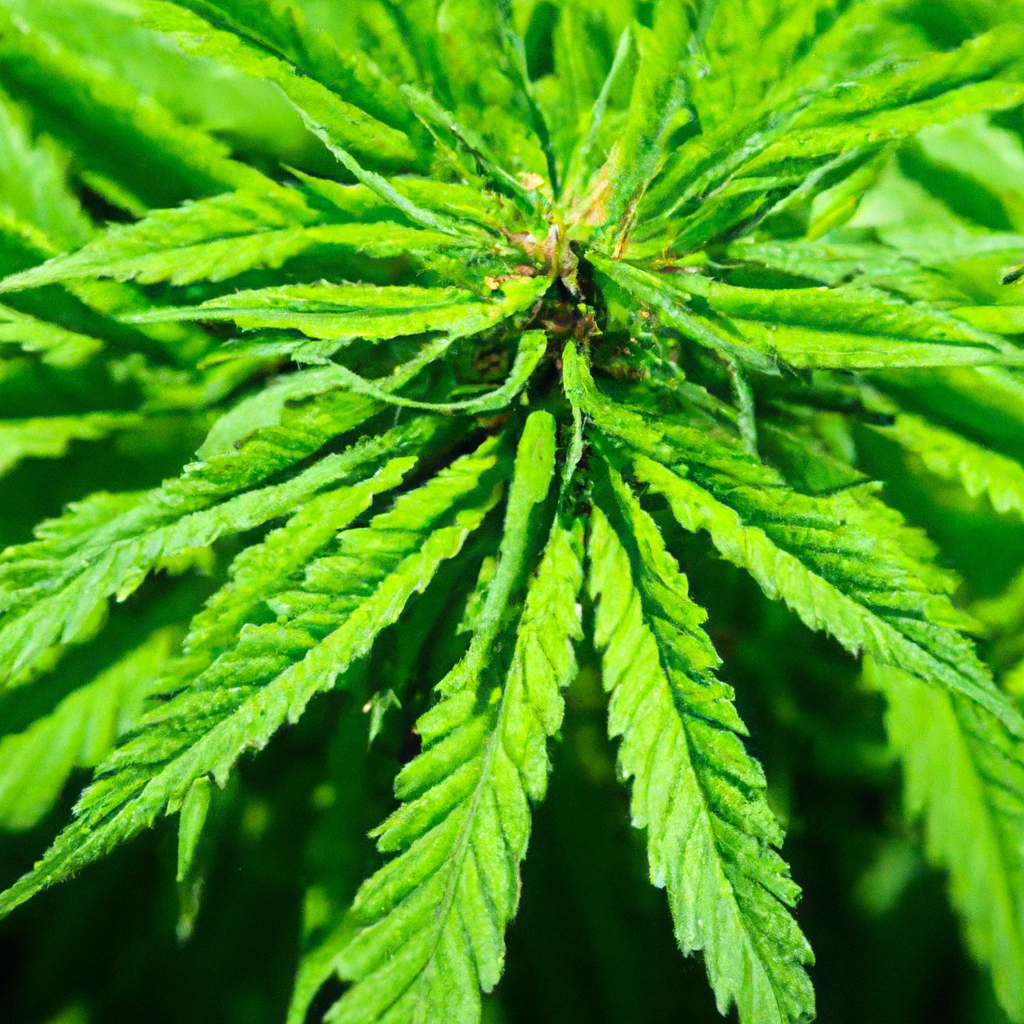Welcome to the wild, green world of cannabis cultivation! As a beginner, navigating the intricate landscape of cannabis nutrients can be overwhelming. But don’t worry—John “Magic” Greenleaf is here to break it down. With over 30 years of experience cultivating cannabis in Colorado’s high-altitude climate, John knows that understanding nutrients is key to a thriving grow. Let’s dive into the essentials you need to know to feed your plants for optimal growth and potency.
The Basics of Cannabis Nutrition
Like all plants, cannabis requires specific nutrients to grow and thrive. Nutrients are typically classified into three main categories: macronutrients, secondary nutrients, and micronutrients. These nutrients support various functions, from promoting healthy roots to encouraging robust flowering.
Macronutrients
- Nitrogen (N): Essential for leaf and stem growth, nitrogen is a primary building block of your cannabis plant’s health.
- Phosphorus (P): Critical during the flowering stage, phosphorus aids in energy transfer and helps the plant develop strong roots and flowers.
- Potassium (K): Important for overall plant health, potassium supports water uptake, enzyme activation, and disease resistance.
Secondary Nutrients
- Calcium: Helps with the structural integrity of cells and root development.
- Magnesium: A core component of chlorophyll, essential for photosynthesis.
- Sulfur: Important for building amino acids and aiding plant growth.
Micronutrients
Micronutrients, while required in smaller amounts, are nonetheless essential. These include iron, manganese, zinc, copper, molybdenum, and boron, which aid various enzymatic and cellular processes.
Feeding Schedules: When and How Much?
Feeding your cannabis the right amount of nutrients at the right time is crucial. A typical feeding schedule aligns with the plant’s lifecycle:
- Seedling Stage: Minimal nutrients required. A seedling soil mix usually has enough nutrients to sustain this phase.
- Vegetative Stage: High nitrogen intake is crucial. Use a nutrient solution with a higher nitrogen ratio (like 3-1-2).
- Flowering Stage: Reduce nitrogen and increase phosphorus and potassium. Opt for formulations like 1-3-2 or similar ratios.
Common Nutrient Problems and Solutions
Even with the best intentions, nutrient issues can arise. Here are a few common problems and their solutions:
- Yellowing Leaves: Often indicates nitrogen deficiency. Adjust nutrient mix accordingly.
- Brown Spots: Could signal calcium or magnesium deficiencies. Consider a Cal-Mag supplement.
- Wilting or Curling Leaves: Often a result of nutrient lockout. Flush your soil with pH-balanced water to restore balance.
Final Thoughts
Understanding and providing the right nutrients can seem daunting, but take it from John “Magic” Greenleaf—consistency and careful observation are your best tools. As you get to know your plants, tweaking your nutrient approach will become second nature.
Remember, “Healthy roots, healthy buds, happy harvests” is the mantra for every aspiring grower. Stay curious, and keep growing!
For more insights and expert advice, continue exploring MagicGreenGrow.com, where John shares his vast experience to help you cultivate the best cannabis plant possible.


Leave a Reply